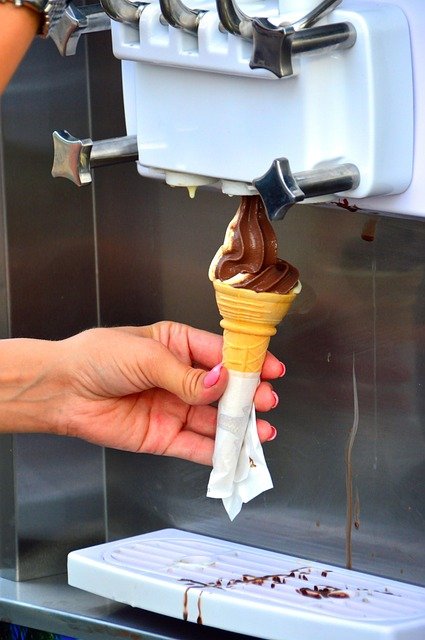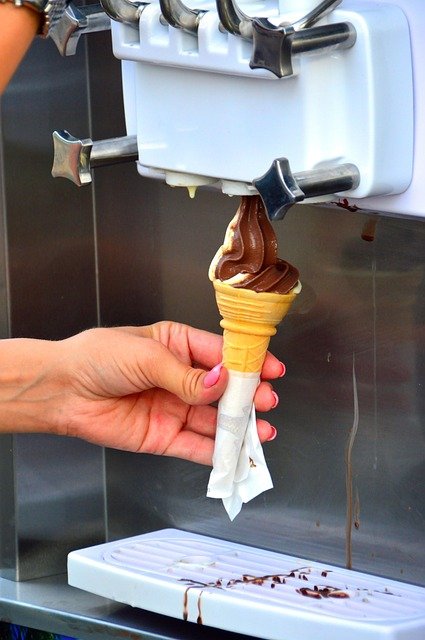Commercial Ice Maker Not Making Ice: Causes & Fixes
July 9, 2025 | by li, moniker

Why Your Commercial Ice Maker Is Not Making Ice (And How to Fix It)
A commercial ice maker is a vital piece of equipment for restaurants, bars, and other businesses that rely on a steady supply of ice. When it stops working, it can disrupt operations and lead to customer dissatisfaction. There are several reasons why a Commercial Ice Maker may fail to produce ice, ranging from simple maintenance issues to more complex mechanical failures. This article explores the most common causes behind this problem, providing actionable solutions to get your machine running again. Whether it’s a clogged water line, a faulty thermostat, or insufficient water pressure, understanding these issues will help you diagnose and resolve them efficiently.
Common Causes of Ice Maker Failure
One of the primary reasons a commercial ice maker stops producing ice is due to water supply issues. If the machine isn’t receiving enough water, it can’t form ice cubes. Check for kinked or frozen water lines, low water pressure, or a closed water valve. Another frequent culprit is a dirty or clogged filter, which restricts water flow. Additionally, mineral buildup from hard water can block internal components, reducing efficiency. Regular cleaning and descaling can prevent this. Lastly, ensure the unit is properly connected to a power source—sometimes, the issue is as simple as an unplugged machine or a tripped circuit breaker.
Thermostat and Sensor Problems
Commercial ice makers rely on thermostats and sensors to regulate ice production. If the thermostat is set too high or malfunctions, the machine won’t initiate the freezing cycle. Similarly, a faulty ice thickness sensor may incorrectly signal that enough ice has been produced, halting the process prematurely. Testing these components with a multimeter can help determine if they need replacement. Additionally, ambient temperature plays a role—if the surrounding environment is too warm or lacks proper ventilation, the unit may struggle to maintain the necessary cold temperatures for ice formation.
Mechanical and Refrigeration Issues
Mechanical failures, such as a broken water inlet valve or a malfunctioning auger, can prevent ice production. The refrigeration system is also critical—if the compressor or condenser isn’t working, the machine won’t cool properly. Listen for unusual noises, like grinding or hissing, which may indicate refrigerant leaks or motor issues. Regularly inspecting and servicing these components can extend the lifespan of your Commercial Ice Maker. If you suspect a refrigerant leak or compressor failure, it’s best to consult a professional technician, as these repairs require specialized knowledge and tools.
Preventative Maintenance Tips
To avoid unexpected breakdowns, implement a routine maintenance schedule. Clean the machine’s interior, replace water filters, and descale components every few months. Ensure proper airflow around the unit and check for leaks or unusual noises. Investing in a water softener can reduce mineral buildup if you’re in a hard water area. Additionally, train staff to recognize early warning signs, such as slower ice production or odd sounds, so issues can be addressed before they escalate. A well-maintained ice maker not only operates more efficiently but also saves money on costly repairs.
Conclusion
A commercial ice maker failing to produce ice can stem from various issues, including water supply problems, thermostat malfunctions, mechanical failures, or lack of maintenance. By systematically checking each potential cause—water lines, filters, sensors, and refrigeration components—you can often diagnose and fix the problem without professional help. However, complex issues like refrigerant leaks or compressor failures may require expert intervention. Regular maintenance is key to preventing disruptions and ensuring your Commercial Ice Maker operates at peak performance. By following these guidelines, you can keep your ice supply flowing smoothly and avoid costly downtime.
RELATED POSTS
View all


